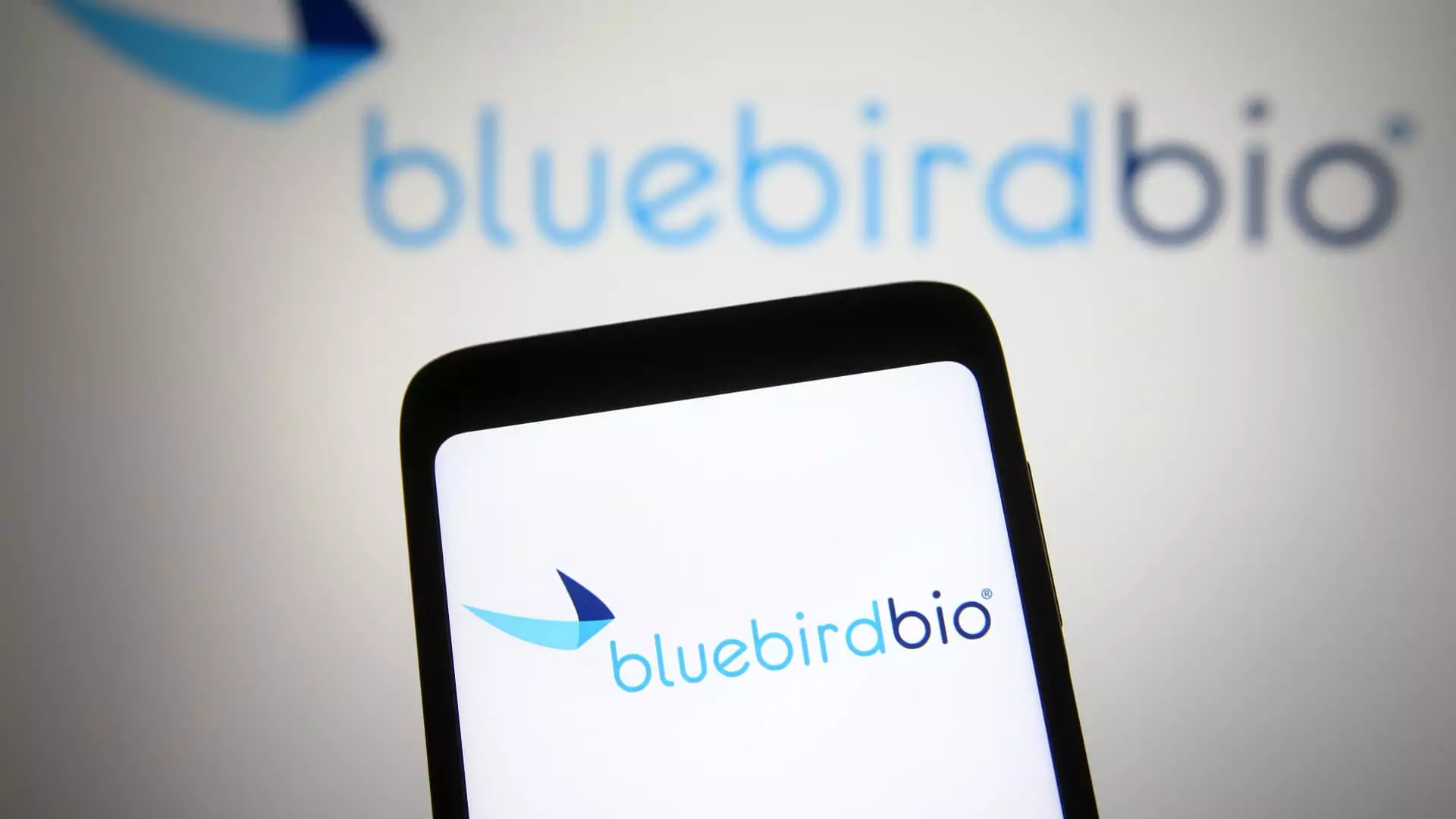The biotechnology industry has always been a landscape of immense promise and peril, epitomized by the rise and fall of companies that once seemed invincible. Bluebird Bio, once a beacon of hope for gene therapy, recently announced its acquisition by private equity firms Carlyle and SK Capital for a mere $30 million—a stark contrast to its previous valuation and a reflection of broader challenges within the biotech sector. By examining Bluebird’s trajectory, we can gain insights into the complexities of turning innovative science into sustainable business models.
Founded over three decades ago, Bluebird Bio initially captured the imaginations of investors and patients alike with its groundbreaking approaches to treating genetic disorders. The company gained notoriety for its promise of one-time curative treatments that could potentially eliminate the need for lifelong therapies. At its peak, Bluebird’s market capitalization swelled to around $9 billion as stakeholders eagerly anticipated the success of its gene therapies.
However, the biotech landscape is fraught with risks, and Bluebird’s journey was soon punctuated by a series of setbacks. A critical juncture occurred in 2018, when the company reported that a patient treated for sickle cell disease developed cancer. Although Bluebird’s analysis determined that its therapy was not the direct cause, this incident raised critical safety concerns about its DNA-altering therapies, leading to increased scrutiny from regulators and potential investors alike.
As Bluebird faced mounting scientific and logistical obstacles, financial strain became increasingly evident. After splicing off its cancer treatments into a separate entity, 2Seventy Bio, the company’s revenue streams were diminished further, compounding its economic distress. Despite multiple approvals for key therapies such as Zynteglo, Lyfgenia, and Skysona, sales failed to materialize robustly enough to support ongoing operations. In stark contrast to its former glory, Bluebird’s valuation plummeted to under $41 million, reflecting a lack of confidence from investors.
The pivotal miscalculation concerning pricing also played a role in the company’s decline. Bluebird priced Zynteglo at a staggering $1.8 million per patient, drawing backlash from European payers. Based on pricing alone, the treatment’s appeal dwindled, and ultimately, Bluebird withdrew it just two years after regulatory approval. These financial tribulations made it increasingly difficult for Bluebird to project an image of stability and sustainability, causing even its most ardent supporters to question its future viability.
As the biotech industry grapples with the challenges of monetizing therapies for rare diseases, the Bluebird experience serves as a cautionary tale. High costs, coupled with uncertain demand, raise profound questions about the viability of one-time therapies. The recent decisions by competitors like Pfizer, which discontinued a gene therapy for hemophilia due to lukewarm demand, further underscore this trend.
Bluebird’s acquisition signals a potential end to a once-promising saga but also highlights the importance of adaptability in the biotech realm. To survive and thrive, companies must navigate regulatory landscapes and pricing models effectively while ensuring they can meet investor expectations and patient needs. The troubled trajectory of Bluebird Bio emphasizes that innovation alone is not sufficient; robust financial strategies and sustainable business practices are equally important for success.
Despite its current challenges, gene therapy remains a frontier full of potential, with the capability to transform countless lives. Bluebird’s therapies continue to show promising outcomes for some patients, indicating that while the company’s fate may be sealed, the therapies they developed could indeed be life-changing. The future of the biotech industry may depend not only on the innovations created but also on the lessons learned from companies like Bluebird.
As the biotech sector evolves, it will be crucial for emerging companies to heed the lessons gleaned from Bluebird Bio’s tumultuous journey. Ultimately, the balance between innovative science, market demand, and financial sustainability will determine which firms will flourish and which will falter in the competitive landscape of biotechnology.


Leave a Reply